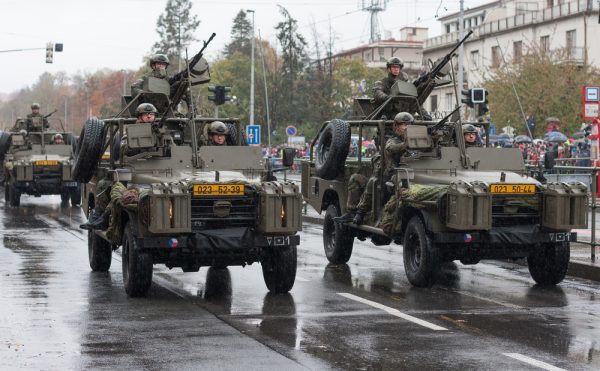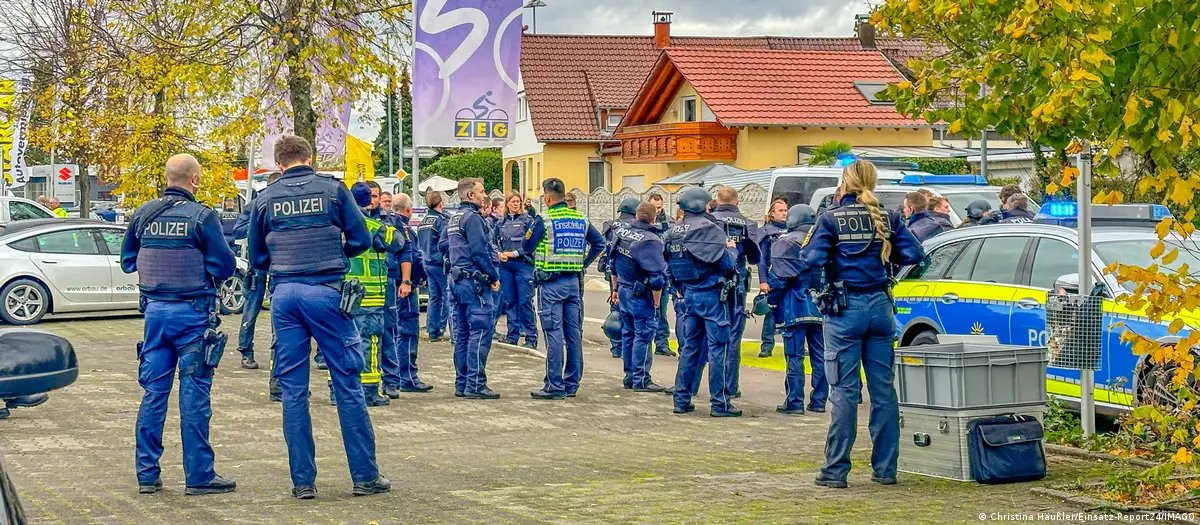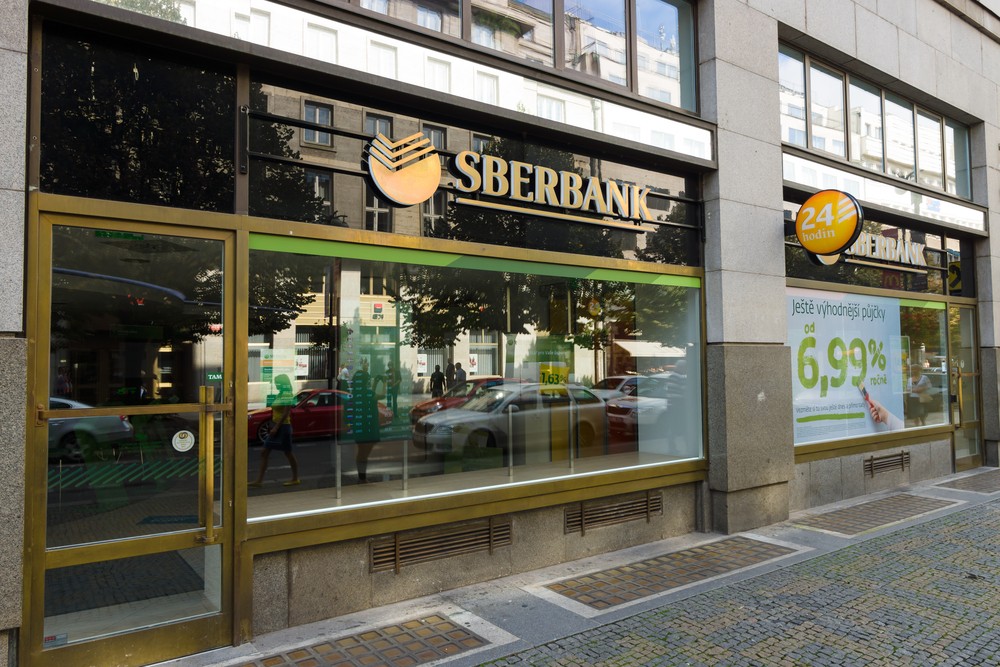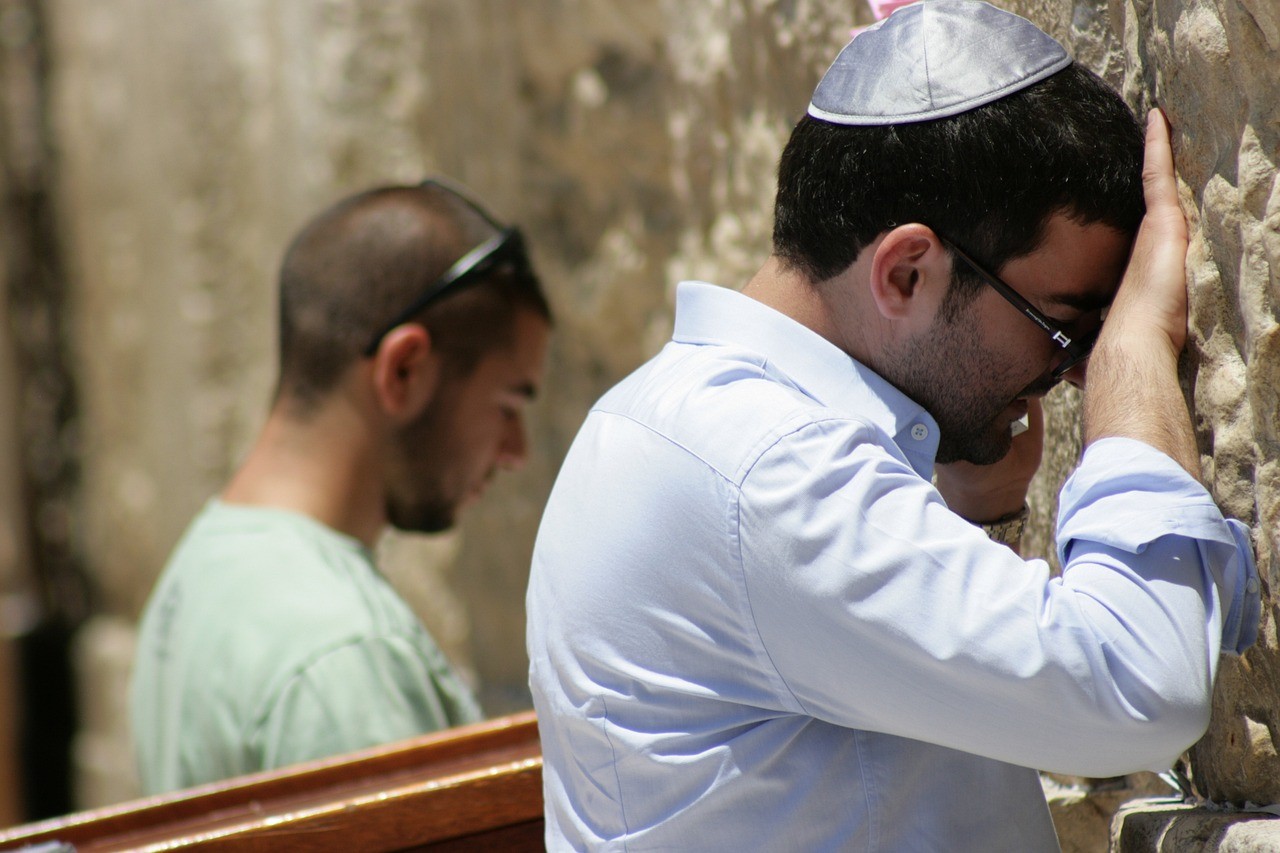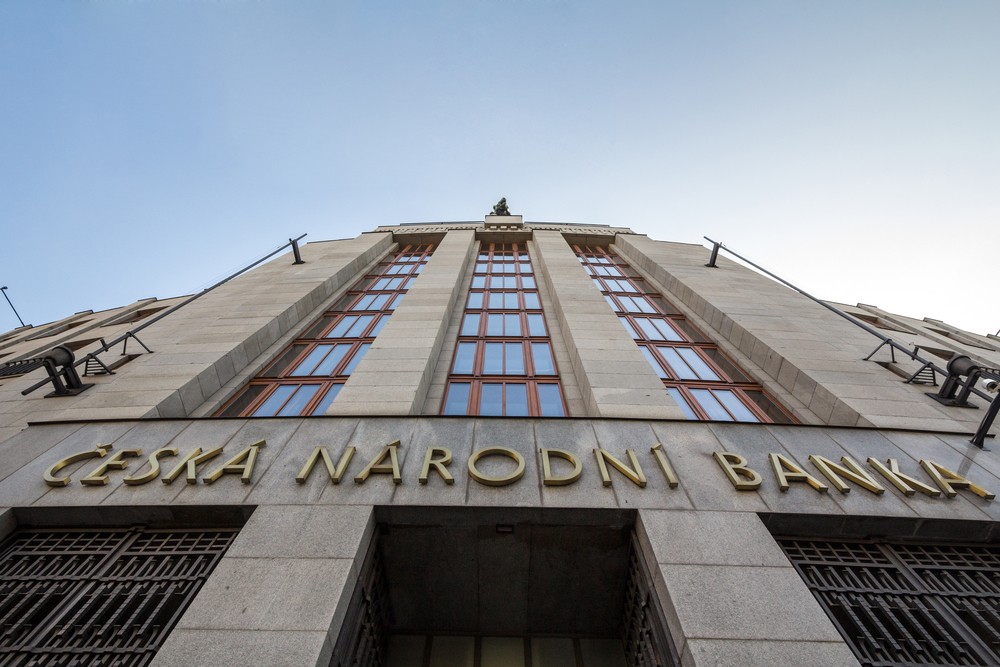This story is part of an occasional series of articles from the Prague Wanderer, a webzine created by New York University students in Prague. Learn more about the Prague Wanderer here.
“If you’re going to Prague, you have to go antiquing,” my grandmother told me before I boarded my flight to Prague.
I took this last-minute piece of advice as a hint at a souvenir. My grandmother loves antiques. She has scoured flea markets from church parking lots to ritzy stores in Paris to add an item to her collection of antiques. Her home is filled with salters and silver spoons, glass goblets and poetry books. When I was younger, I even pricked my finger on a needle of her antique sewing wheel.
I do not share my grandmother’s passion. Spending a weekend poking through dusty and poorly organized shops in western Pennsylvania is not exactly my idea of fun; my taste for clunky eighties jewelry and old rock band posters, however, does create a common thread of valuing objects from the often not-so-distant past. I figured wandering around the antique stores in Prague would be a fun way to spend a rainy Saturday – and I could even make a dent in the long list of people at home who would eagerly be awaiting Czech souvenirs. I could even envision how my grandmother’s face would light up when I presented her with some rare Czech coins…or whatever one finds in an antique store.
Two steps into Antik Bazaar, located in the upscale residential area of Vinohrady, and I have just sneezed. One more step in, and I sneeze again. I veer right, away from the rack of floral dresses and fur coats and I peruse the shelves piled high with knickknacks – cut glass vases, dull china sets and tarnished candlesticks. I wonder what my grandmother finds fun about this antiquing business. I pick up an ornately designed glass bud vase, the intricate cuts and patterns sharp on the pads of my fingers. Delicately, I turn the vase upside down to find a small round sticker displaying the price. CZK 1500 – about $90. The vase slightly shifts in my hands as I step back in shock. Obviously this isn’t some garage sale or the junky flea market in the Poconos I go to in the summertime. I can’t believe they’re asking $75 for a vase barely wide enough to hold a twig! I put the vase back on the shelf and walk towards the shoeboxes full of postcards and old black and white photos that line the counter.
I pick up a pile of photos and quickly flip through them. The photos are of mostly unsmiling faces, men posing in stiff uniforms and women standing proudly in intricately woven folk dresses. There are plenty of vintage photos of Prague. One shows a street lined with military tanks. The photos are all almost two dollars a piece. I think of the boxes of photos I have collecting dust under my bed and decide I don’t need anymore. I leave the store without buying anything and take the tram into Old Town, which, according to the high-end shopping guide Prague: Artel Style, is apparently the mecca for antique stores in Prague.
Despite evidence that a certain demand exists for antiques in the Czech Republic, antiquing does not hold an immense allure for Czechs. While my grandmother and her friends enjoy poking around for hours, sifting through the dusty remains of the past, many Czechs don’t share this same interest. In an interview with Prague Radio, Petra Young, the vice-president of the Czech Association of Antique Dealers, said that during communism, the Czech Republic experienced a purge of its collection of antiques, with most of its historical goods exported abroad.
Because during the Communist years it was also illegal to import foreign goods to Czechoslovakia, the antique industry was held at a standstill until the fall of communism in 1989. While some items were returned to the Czech Republic in the ’90s, according to Young, “after the country was virtually isolated for many years and people didn’t have a chance to buy foreign goods, anything made in the west was in our eyes of a better value and quality.”
This may explain why antique stores resemble more of an indoor garage sale than a cultural treasure chest. Why would someone want to keep books that may have gotten them arrested, old faded furniture, or heirloom lamps from the old days when an Ikea has just opened in Prague 10?
Antiques from the Czech Republic are not a commodity in the international antique industry. “We just don’t have as well-documented histories of the items as other countries have of their antiques,” Young said.
Young explained the difficulty of finding the history of the items, especially from the communist era.
“We struggle a lot with many of the items simply because the history has been lost or in many cases, people just don’t like publicizing that they have owned an important item [from communism] for many different reasons. So that’s a big problem, and of course a lot of the art has disappeared and we’re hoping that with more money being available in this country, some of the art will start coming back,” she said.
Now, in the Czech Republic, many antique stores seems to be a disposal for all old and unwanted goods. I had higher hopes for Antik, a small, tightly packed but well organized space on Strahovská in Prague 1. A friend had enthusiastically given me directions after I complimented her necklace, a sparkling coil of gold and silver chains with a beaded locket which she called “vintage Victorian.” The doorway to the shop was tucked away at the bottom of the hill coming down from the Strahov Monastery and a small rectangular sign was the only indication of the shop’s existence.
I was immediately struck by the care that seemed to be taken in assembling and organizing this tiny little store. Paintings were hung on the wall a pillow-covered sofa, its wooden claw feet polished and gleaming, rested against a back wall. The set-up looked more like a living room than a store; glass lamps cast a mellow glow over the shelves stacked with goblets and sculptures and a coat rack held tulle topped hats and luxurious fur coats.
I wandered around the store, admiring a forest green lampshade trimmed with fringe.
“Dobrý den,” the owner said, placing her book into her lap.
“Hello,” I responded to the young woman, moving closer to an open wooden jewelry box. I could feel the owner’s eyes on me as I picked up a gold locket, a charm bracelet getting tangled with the locket’s fragile chain. I dug through the box gently, unearthing pearl earrings and a calico broach.
“Where do you get all of this?” I asked her curiously, sliding a thick gold bangle bracelet on my wrist. “Is it all from the Czech Republic?” I asked.
I assumed her answer would be no. Most antique stores and antique bazaars have items that come from other countries as well as piles of junk and jewelry from antique shows around Europe and donations from people simply cleaning out their flats. The Czech Republic also has strict importation and exportation laws, which make it difficult to recover items that were confiscated during communism. Young said that the Czech Republic’s entry into the European Union has loosened some of these laws and it is much easier to bring back antiques and Czech relics.
“No,” she answered. I was right. “I buy things at antique fairs and sell them here,” she explained, picking up her book again. “I don’t always know where something comes from, although you can often tell by the design, especially the furniture, where and when something was built,” she said, pointing out the claw footed sofa as an example. “That was probably made in the 20s, British design,” she said, matter-of-factly.
“How did you get it?” I asked, brushing my hand against the fading material.
“I go to antique fairs, often in other countries and I pick things that I like. I’m not really in the business of finding historical old Czech objects. I just like interesting looking pieces, and obviously whatever people give me to sell,” she said, standing up suddenly. “Would you like me to untangle those necklaces for you?”
Overcome by the allure of the past and unable to resist the urge to possess my own pieces of history, I left the store an hour later with three brown paper bags filled with old postcards and photos and the calico broach pinned to my sweater. For less than ten dollars, I had a few slices of someone’s history, and it didn’t really matter to me that the items could have been found in Vienna, Paris or Prague. What mattered was that they were mine now, my own antiques. I was starting to understand why my grandmother enjoyed this so much. These stores held so much history, but most of the items’ stories remained a secret. Even the store owners had no idea where things came from, whose lives the objects had belonged to before the layers of dust and memory fell on them. But once bought, the items have a story. The owner is free to envision anything and everything – the imagination, like history, is endless.
“I like your pin,” my friend Heidi said to me later as I was cooking dinner.
“Thanks!” I said. “It’s vintage, probably stolen in a house raid during communism,” I added nonchalantly, my imagination taking over.
“Wow, cool!” she said, her excitement fueling my new found desire to either find something actually stolen during a house raid or to tell the origin of my pin to anyone who would listen. This need pushed me back in the direction of Old Town, to Starožitnosti Antik.
Starožitnosti Antik encompasses two rooms filled with a collection of oversized furniture, bizarre home décor and locked glass cases filled with grossly overpriced knick knacks. I stepped inside and the owner immediately rose from the oak writing desk he was sitting at. “Dobrý den,” he said, walking right up to me. “Do you need help?” he asked, in perfect English.
“Oh, I’m fine, thanks,” I answered, trying to look like the antiques aficionado I certainly wasn’t. I wandered around the store, almost tripping as the heel of my shoe caught in a loose thread of a faded Persian rug. I turned around and the owner was barely three steps behind me, perhaps excited that his empty store had a patron, even if it was just me.
“Where did you get this?” I asked with a smile, pointing at a disturbing alien sculpture that was sitting on top of an oriental looking dresser.
“I bought it at an antique show in Brno,” he said, reaching out to it and turning it a fraction of an inch. I checked the price: CZK 8000 , which is $470 .
“Do you think anyone is going to buy this?” I asked skeptically, trying to ignore the sculpture’s slanty eyes and sallow looking body.
“I’ve had a few offers from American tourists,” he said.
I walked around the rest of the store, almost knocking my head a few times on the ornate gold and crystal chandeliers that hung from the ceiling. I banged my shin on a large polished armoire before deciding the furniture packed store was too much of a hazard for a klutz like me. I did a quick sweep of the front room, where chipped toy cars lined the shelves. The tiny cars were fifteen dollars a piece. “Those are from World War One,” the owner said, unlocking the case and quickly extracting a tiny black car. “Truly antique,” he said, although I had a feeling the true meaning of “antique” was open to anyone’s interpretation.
“Do you ever get Czechs in your store?” I asked him, picking up a china cup and saucer.
“Not really,” he answered. “Mostly foreigners like antiques. I don’t know many Czech people who are collectors but it is a good business for me,” he said.
I thought of my grandmother gently pushing aside her collection of goblets to dust the spaces in between. Each goblet had a different origin; there was probably even one from Prague.
I suppose the phrase “one man’s junk is another man’s treasure,” can certainly be applied to the antique stores in Prague. My antiques journey made me think – who wants his or her own junk? Someone else’s junk, wherever it comes from, has a certain sparkle. When seen by someone else’s eyes, that sparkle can become a glitter – and my grandmother’s house, well, it definitely glitters.
Service Information:
A: Antik Bazar: 39 Americká, Vinohrady, Prague 2. Open from 10 a.m. to 5 p.m. daily.
Take the green line metro or the 22, 6 or 10 trams to the Náměstí Míru stop and walk down one block to Americká. Antik Bazaar is on the right. Antik Bazaar sells a wide variety of glassware as well as photos and jewelry as well as a small selection of antique furniture.
B: Starožitnosti Antik: 15 Bartolomějská, Staré Město, Prague 1. Open 10 a.m.-6 p.m. Monday-Saturday, 10 a.m.-4 p.m. on Sunday. Take the 22, 18, 10 or 9 tram to Národní třída and walk down the street two blocks. Make a left on Bartolomějská and the store is on the right. The store has a large collection of antique furniture and sculptures as well as collections of antique toys and glassware.
C: Antik: Strahovská , Prague 1. Open from 10 a.m.-5 p.m. Monday to Friday, 10 a.m.-3 p.m. on Saturday and closed on Sunday. Take the 22 tram to Pohorolec tram stop and walk towards the Strahov Monastery at the top of the hill. Before turning to go into the monastery, walk through the small archway. Antik is on the left and offers a large selection of vintage jewelry at reasonable prices. Antik also offers a wide variety of framed paintings and old postcards and photos.
Alyssa Pry is a senior at New York University majoring in journalism and sociology. She is from New Jersey.






